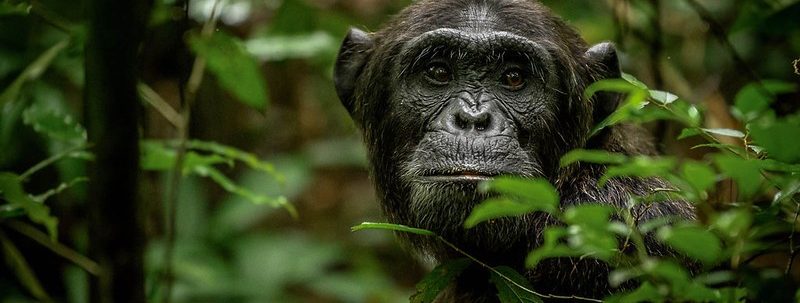Antelopes in Murchison falls National Park at a glance.
Despite being known for its larger mammals, Murchison Falls National Park is also home to a wide variety of antelope. There are 91 different species of antelope, and they range widely in size. The long, thin legs of antelopes are believed to provide them considerable speed.
29 different antelope species may be found in Uganda, and Murchison Falls National Park is home to many of them.
Different Types Of Antelopes In Murchison Falls National Park
Ugandan Kob.
One of the most prevalent antelope species in Murchison is the Ugandan kob, a subspecies of the kob. A Ugandan kob and a grey-crowned crane can be seen on Uganda’s coat of arms.
The Ugandan kob may initially be confused for an impala, although it is larger and stronger. Average weights for men and women are 94 kg for men and 63 kg for women.
While females range from 82 to 92 cm in height at the shoulder, males are significantly larger, measuring 90 to 100 cm.
Kobs in Uganda are herbivorous animals that often eat grasses and reeds. Lions in Murchison Falls National Park feast on the plethora of Ugandan kobs that are present there.
Oribi.
The oribi is one of the smallest antelope found in Murchison, and its slender features are similar to those of a gazelle. The oribi weighs between 12 and 22 kg and measures between 50 and 67 cm at the shoulder.
Only males have horns, and females are often larger than males. Their horns are between 8 and 18 cm long and are slender and straight.
You have a decent chance of spotting the oribi during a game drive because it is active during the day. Keep an eye out for the distinctive white fur line that runs above its eyes.
Up to 90% of an oribi’s diet consists of grasses, and they frequently visit mineral licks.

Jackson’s hartebeest.
A huge antelope, the Jackson’s hartebeest weighs between 100 and 200 kilograms and measures just over one meter at the shoulder. It can be identified by its protruding forehead and unusually formed, backward-curving horns, which can grow to be more than 40 cm long.
The gregarious hartebeest often gathers in herds of 30 to 200 animals. It is a hybrid of the Lelwel and Coke’s hartebeests, two subspecies of the hartebeest.
Jackson hartebeests are not particularly aggressive despite their large size. The hartebeest is extremely vigilant, and when the herd is grazing, one animal always stands on guard.
Defassa Waterbuck.
A sizable antelope with a sluggish lifestyle is the defassa waterbuck. Males can weigh up to 262 kg and grow as tall as 127 cm at the shoulder. Females are slightly smaller than males and can weigh up to 214 kg and reach a shoulder height of 119 cm.
Defassa waterbucks can congregate in groups of six to thirty. The waterbuck cannot tolerate dehydration in the summer, thus they must live in places close to water sources.
The defassa waterbuck is considered to be nearly endangered by the International Union for Conservation of Nature. Despite the fact that more than 60% of defassa waterbucks reside in protected places like Murchison Falls National Park, their population there has decreased recently.



